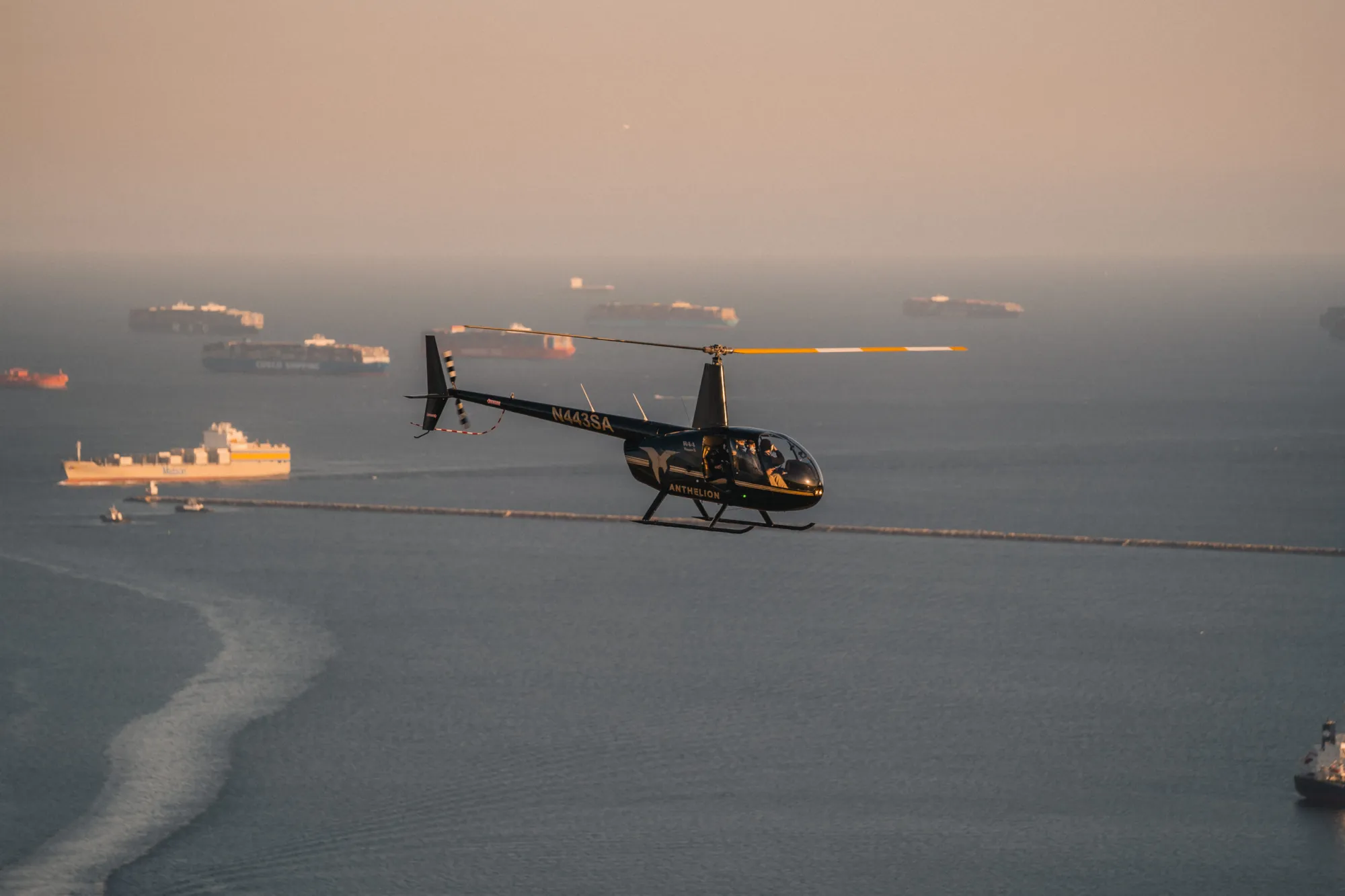WHY ARE HELICOPTERS HARDER TO FLY THAN AIRPLANES?

Helicopters are often considered more challenging to fly than airplanes for several reasons, mainly due to their unique design and flight characteristics.
Here are some of the key factors that make helicopters more difficult to fly:
- Hovering
- Complex Control Inputs
- Critical Power Management
- Variable Center of Gravity
- Inherent Instability
- Weather Sensitivity
- Slower Forward Speed
- Increased Workload
- Limited Glide Capability
- Training Requirements
Hovering
Unlike airplanes, helicopters have the capability to hover in place. Hovering is one of the most challenging maneuvers for helicopter pilots. It requires precise control of the helicopter’s cyclic, collective, and tail rotor controls to maintain a stable position in the air. This level of control is not required in fixed-wing aircraft.
Complex Control Inputs
Helicopters have complex control systems, including the cyclic (to control pitch and roll), the collective (to control overall lift), and the anti-torque pedals (to control yaw). Coordinating these controls simultaneously demands a higher degree of skill and coordination compared to the relatively straightforward control inputs of an airplane.
Critical Power Management
Helicopters rely on their engines to not only provide thrust but also to keep the rotor system spinning. Maintaining the correct power settings is critical to helicopter flight. Incorrect power management can lead to dangerous situations like engine over-torque, rotor stall, or settling with power (a dangerous condition during descent).
Variable Center of Gravity
In airplanes, the center of gravity remains relatively constant during flight. In helicopters, the center of gravity can shift as cargo or passengers are loaded or unloaded, making it necessary for pilots to constantly adjust the helicopter’s balance.
Inherent Instability
Helicopters are inherently less stable than airplanes. While airplanes are designed to maintain straight and level flight with minimal pilot input, helicopters require constant attention and correction from the pilot to stay balanced and under control.
Weather Sensitivity
Helicopters are more sensitive to weather conditions such as turbulence, gusty winds, and low-level windshear. This sensitivity requires helicopter pilots to be highly attuned to changing weather conditions and their effects on the aircraft.
Slower Forward Speed
Helicopters are generally slower than airplanes when it comes to forward speed. This means they spend more time in the hover and low-speed flight, where precise control and power management are critical.
Increased Workload
The need for simultaneous control inputs, power management, and situational awareness can result in a higher cognitive and physical workload for helicopter pilots.
Limited Glide Capability
In the event of engine failure, helicopters don’t have the same glide capability as airplanes. Pilots must perform autorotations, a complex maneuver where the rotor blades continue to spin due to aerodynamic forces, allowing for a controlled descent and landing.
Training Requirements
Helicopter pilots typically undergo longer and more intensive training than fixed-wing pilots due to the complexities of helicopter flight.
While helicopters may be more challenging to fly than airplanes, they offer unique capabilities such as vertical takeoff and landing, precise maneuverability, and the ability to access areas that are inaccessible to fixed-wing aircraft. The increased complexity of helicopter flight is a trade-off for these capabilities and is why helicopter pilots require specialized training and expertise.
